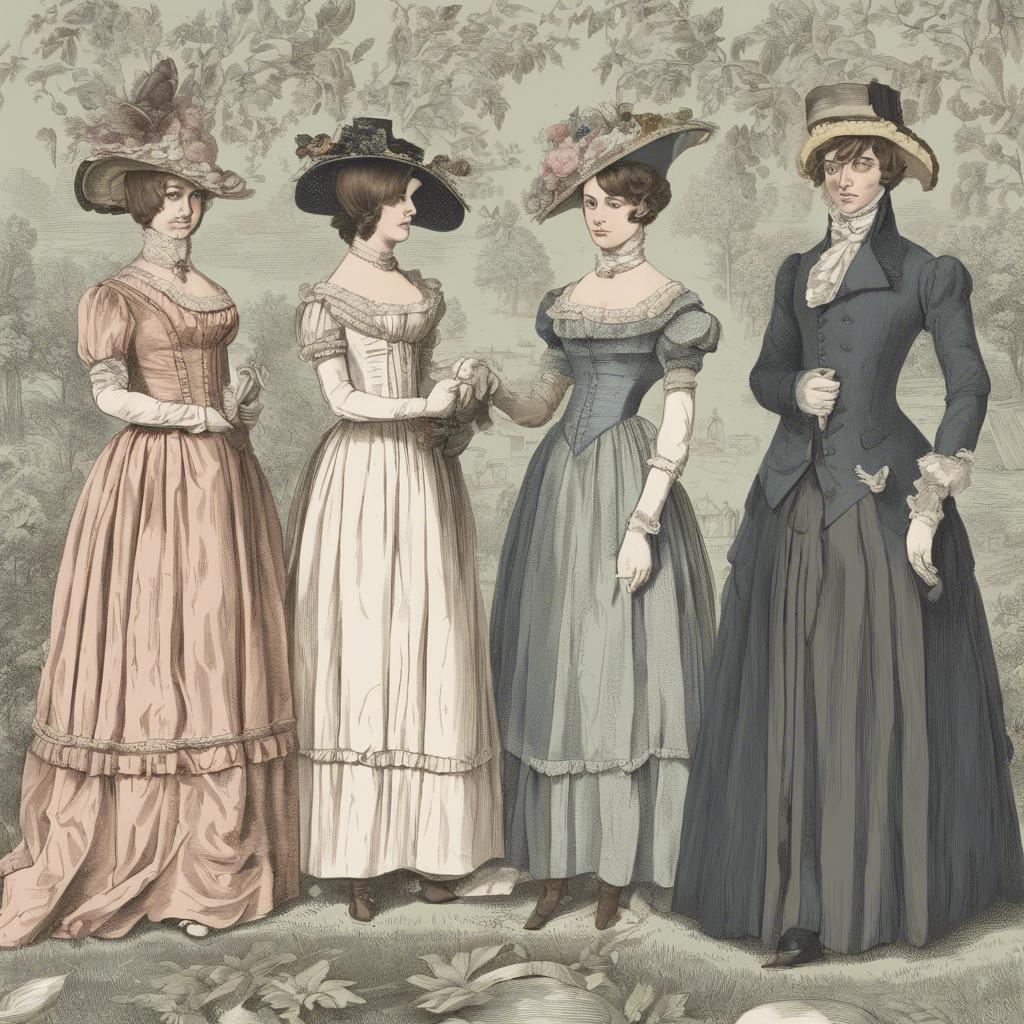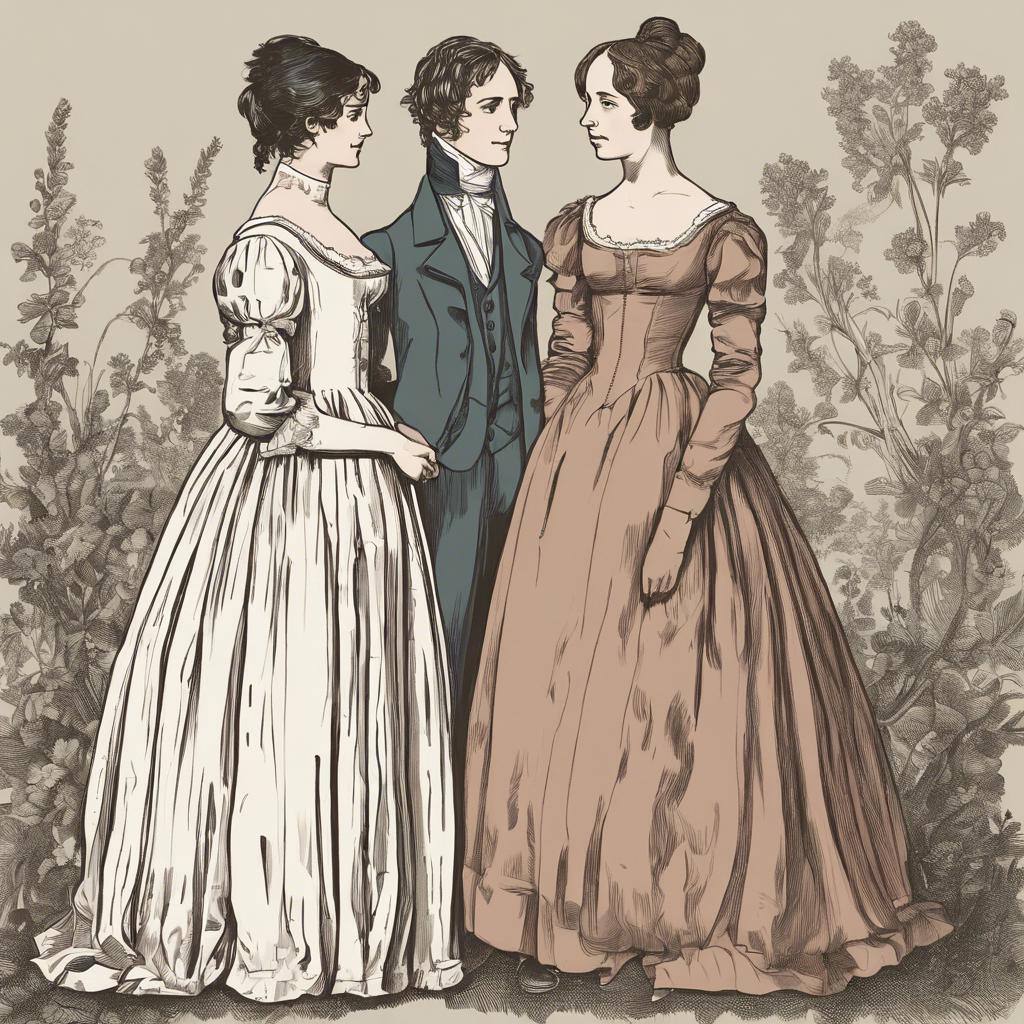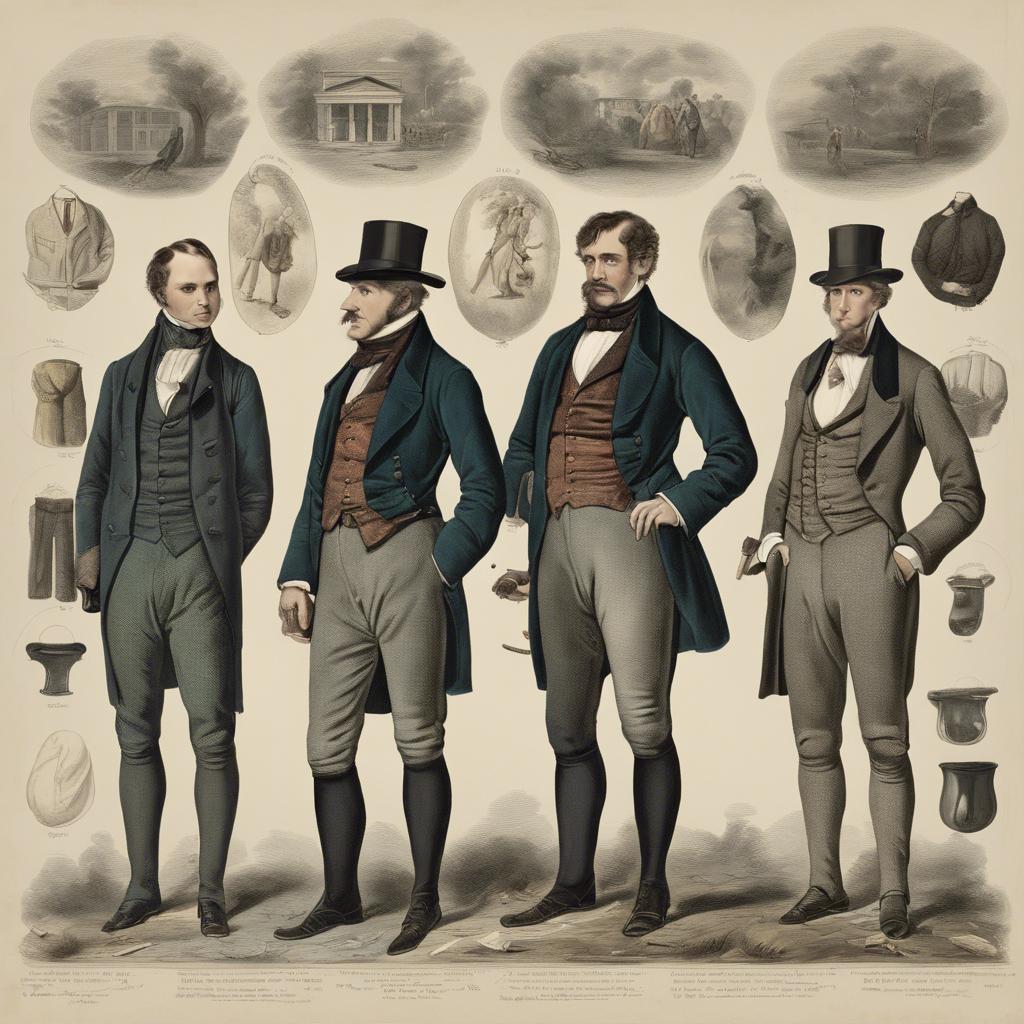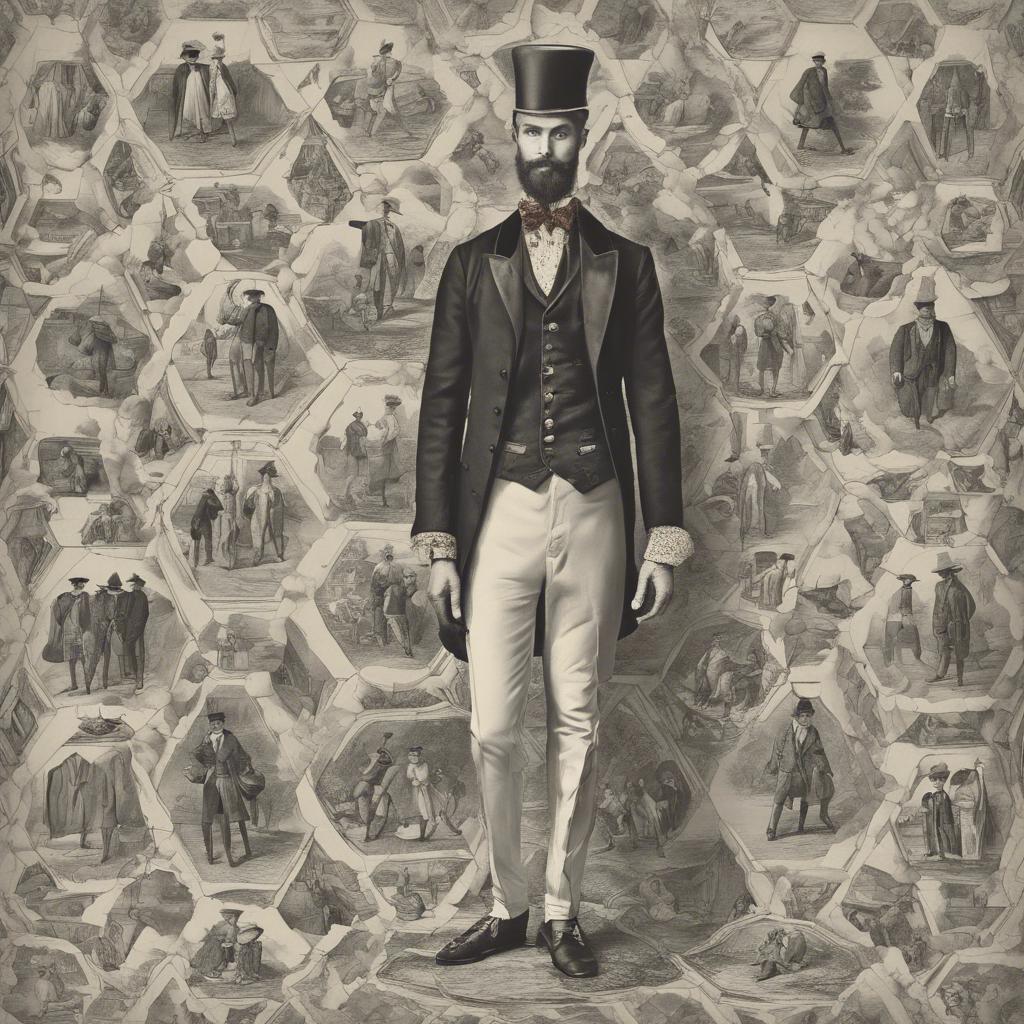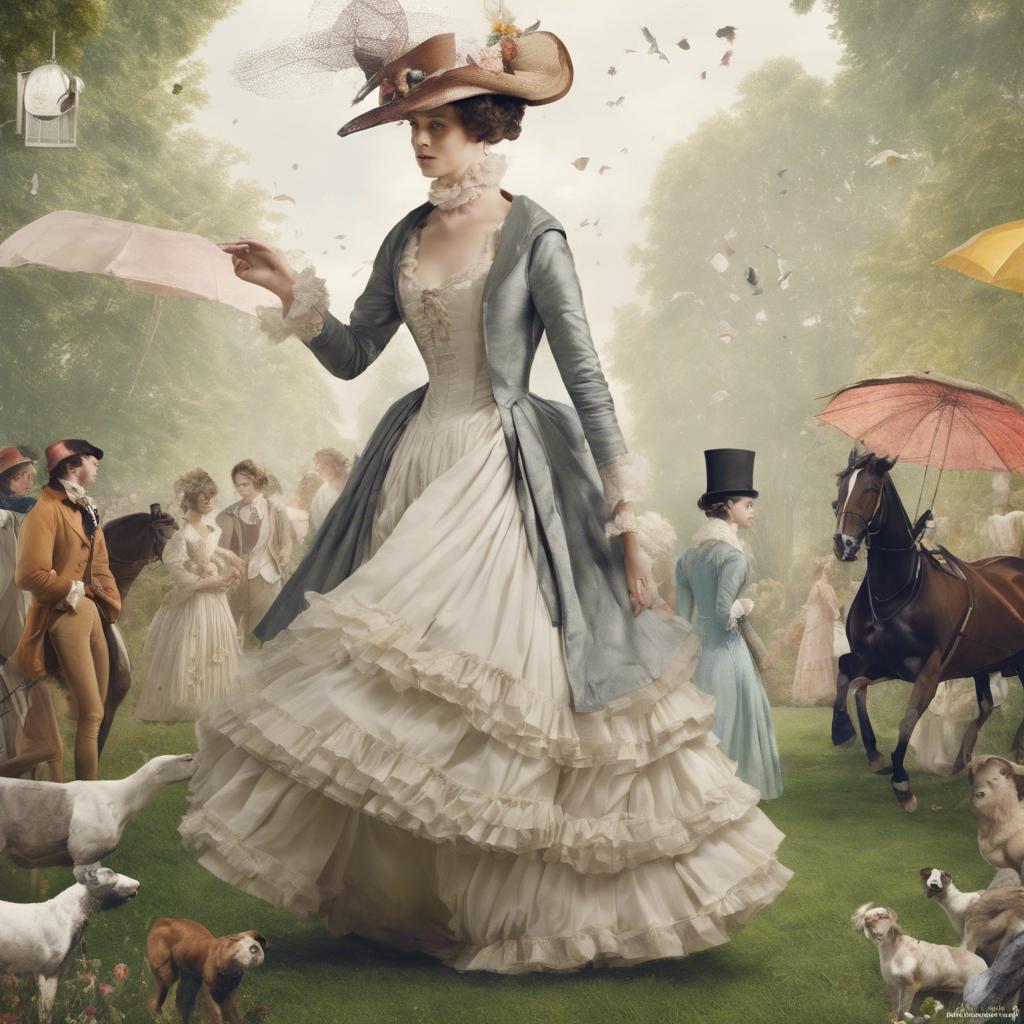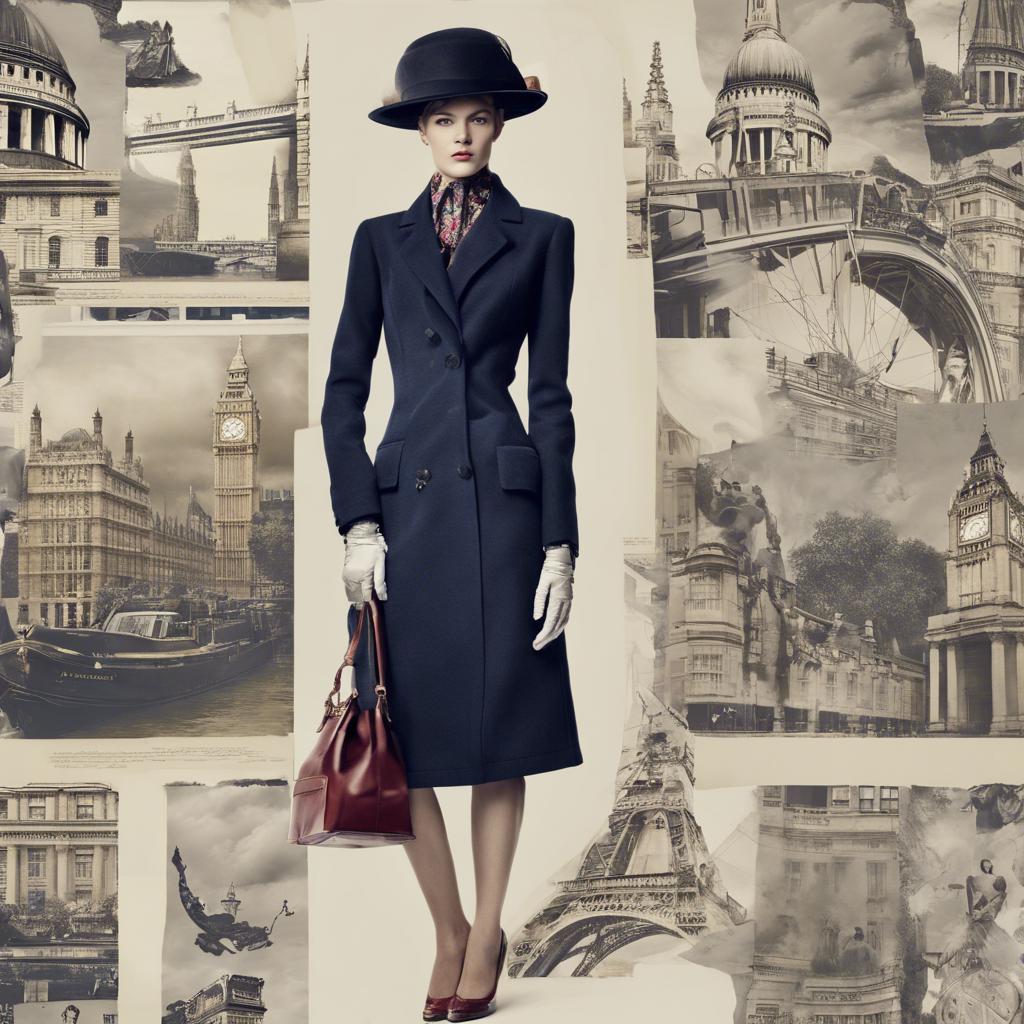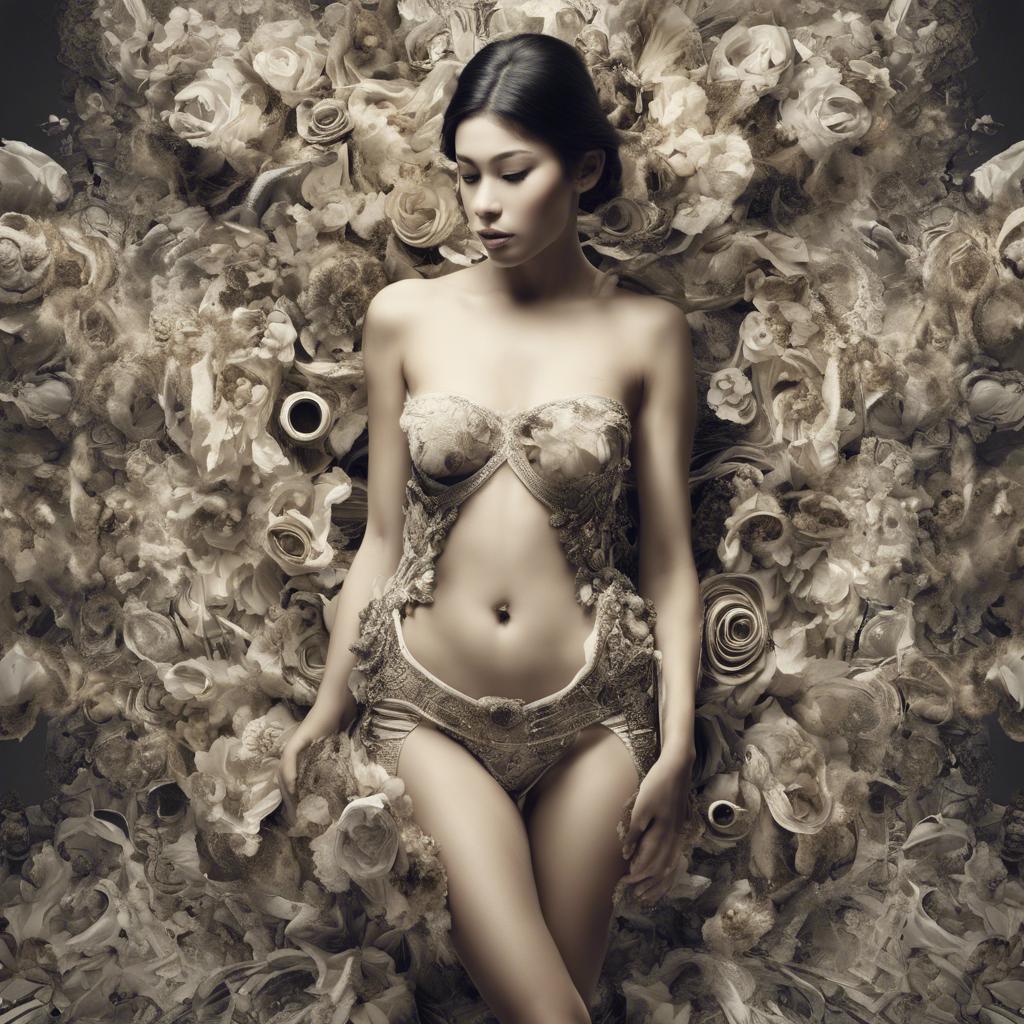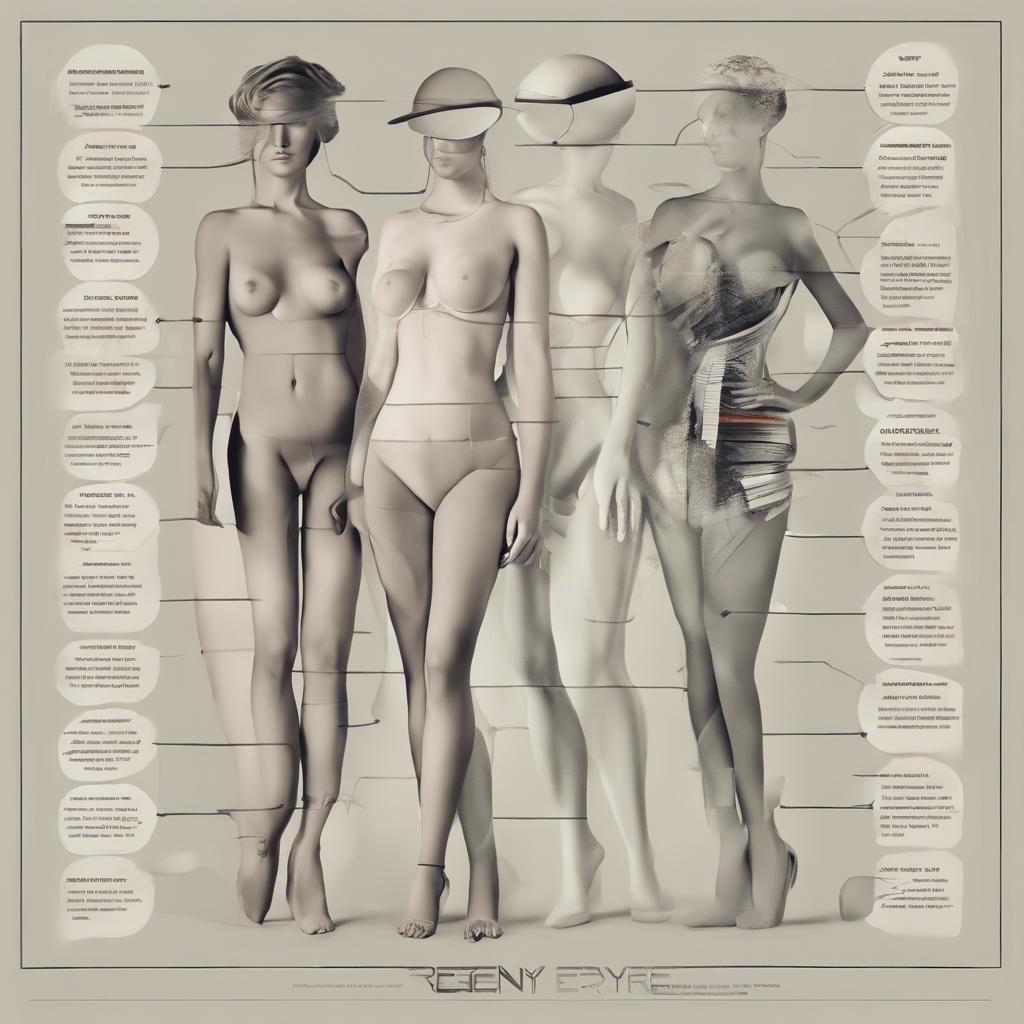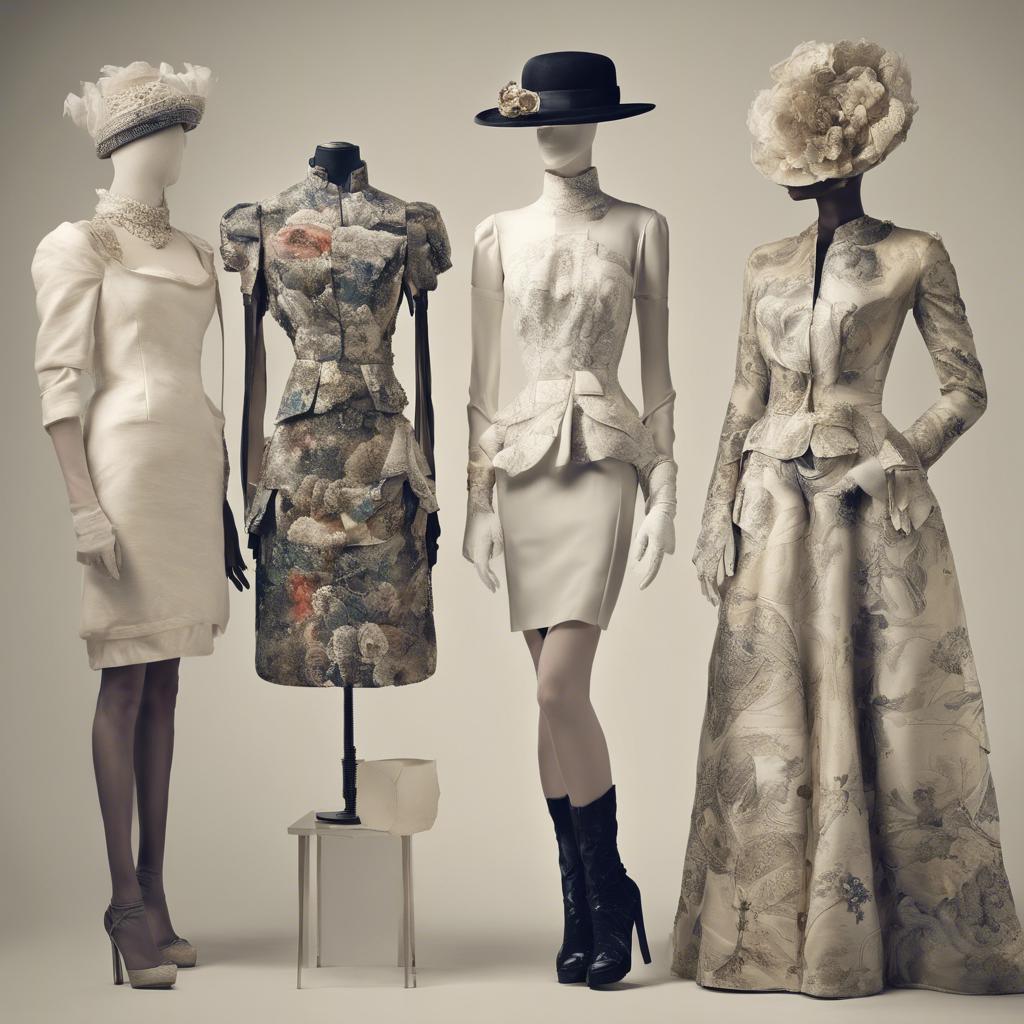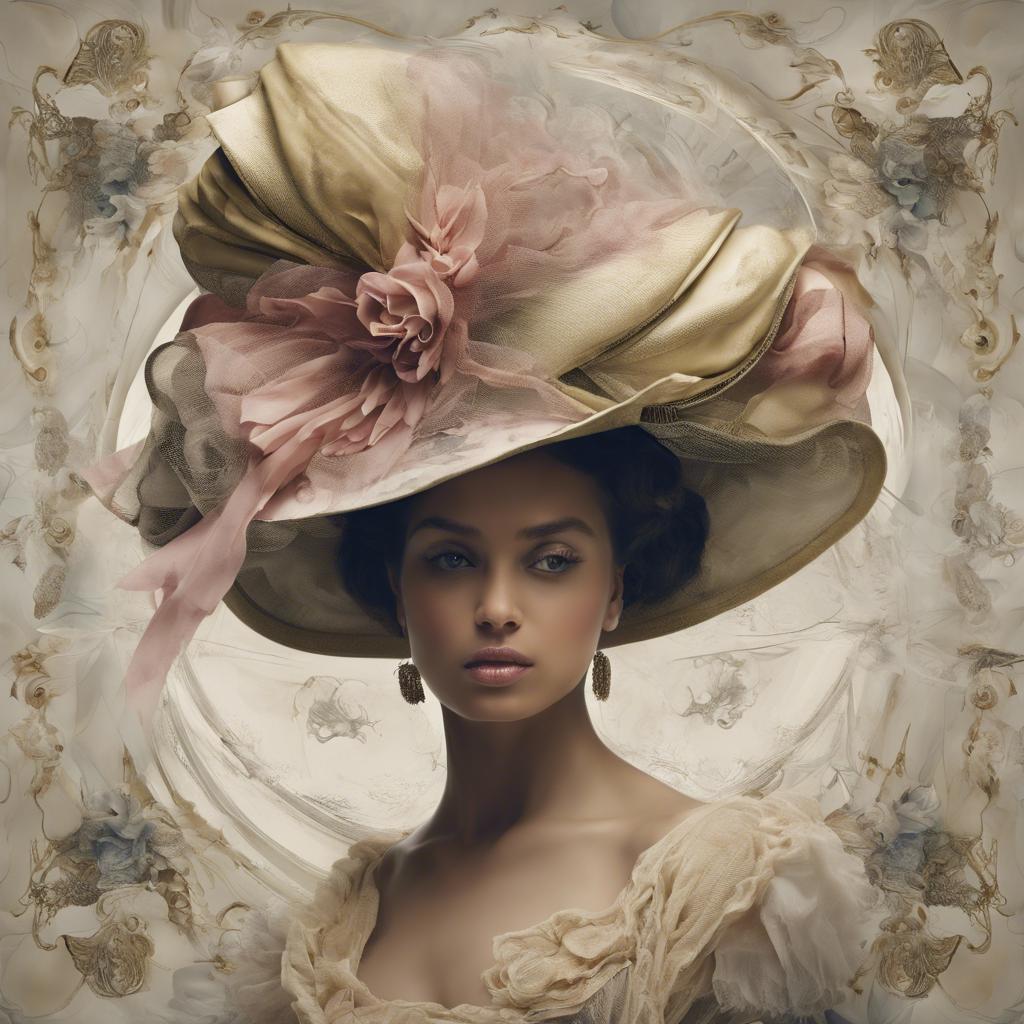Posted inRegency era
clothing in pride and prejudice
In Jane Austen's "Pride and Prejudice," clothing played a significant role in reflecting the social status and personalities of the characters. The elaborate gowns and bonnets worn by the upper class served as symbols of wealth and societal standing, while simpler attire indicated humbler origins. Throughout the novel, clothing choices and descriptions underscore the themes of class, manners, and social hierarchy in Regency-era England.
